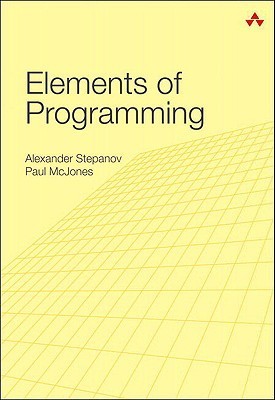What do you think?
Rate this book


262 pages, Hardcover
First published January 1, 2009
In order to explain what objects, types, and other foundational computer notions are, it is useful to give an overview of some categories of ideas that correspond to these notions.
An abstract entity is an individual thing that is eternal and unchangeable, while a concrete entity is an individual thing that comes into and out of existence in space and time. An attribute—a correspondence between a concrete entity and an abstract entity—describes some property, measurement, or quality of the concrete entity. Identity, a primitive notion of our perception of reality, determines the sameness of a thing changing over time. Attributes of a concrete entity can change without affecting its identity. A snapshot of a concrete entity is a complete collection of its attributes at a particular point in time. Concrete entities are not only physical entities but also legal, financial, or political entities. Blue and 13 are examples of abstract entities. Socrates and the United States of America are examples of concrete entities. The color of Socrates’ eyes and the number of U.S. states are examples of attributes.
An abstract species describes common properties of essentially equivalent abstract entities. Examples of abstract species are natural number and color. A concrete species describes the set of attributes of essentially equivalent concrete entities. Examples of concrete species are man and U.S. state. A function is a rule that associates one or more abstract entities, called arguments, from corresponding species with an abstract entity, called the result, from another species. Examples of functions are the successor function, which associates each natural number with the one that immediately follows it, and the function that associates with two colors the result of blending them.
An abstract genus describes different abstract species that are similar in some respect. Examples of abstract genera are number and binary operator. A concrete genus describes different concrete species similar in some respect. Examples of concrete genera are mammal and biped. An entity belongs to a single species, which provides the rules for its construction or existence. An entity can belong to several genera, each of which describes certain properties.